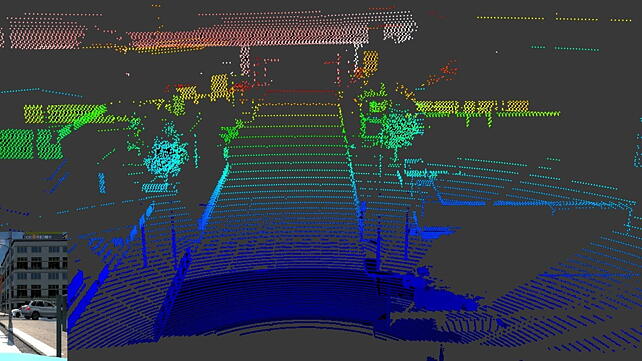
Velodyne, a Silicon Valley-based lidar technology company has entered into a partnership with Ansys to develop software models of next-generation automotive lidar sensors to provide substantially improved hazard identification capabilities for highly advanced autonomous vehicles.
Ansys and Velodyne are developing highly accurate physics-based models of Velodyne’s lidar sensor to detect and track driving hazards. The collaboration incorporates Velodyne’s lidar design into Ansys’ virtual sensor suite and expedites automakers’ integration of Velodyne's sensor into AVs — delivering industry-leading driving safety and a drastically faster path to market, said a release issued by the engineering simulation software major.
The release further explained that one of the challenges facing many advanced driver assistance systems (ADAS) is the robustness of the system to dependably test and recognise potentially dangerous edge case scenarios. To manage these anomalies, AVs require lidar as a redundant detection technology that effectively locates and tracks objects across an incredibly wide range of operational situations.
Lidar sensors, however, must perform countless miles of exhaustive physical testing, which radically increases the development cost of the system, to be validated as reliable.
As per the details of the collaboration, Velodyne will integrate an encrypted ‘black box’ physics-based lidar sensor model into Ansys VRXPERIENCE, a next-gen, real-time interactive driving simulator that models, evaluates and validates lidar designs within a highly realistic virtual environment. This end-to-end capability empowers engineers to rapidly model countless edge case driving scenarios across millions of miles and substantially reduce physical tests.
As OEMs integrate Velodyne’s lidar into their ADAS portfolio, VRXPERIENCE will reduce development costs by enhancing lidar placement within AVs and validating AV performance, stated the release.
Anand Gopalan, CEO, Velodyne Lidar said, “Velodyne's focus on safety aligns with Ansys’ strengths in enabling informed design decisions. Our collaboration helps engineers virtually run their ADAS applications in challenging roadway conditions so they can build solutions that achieve safe navigation and collision avoidance.”
Commenting on the collaboration, Prith Banerjee, Chief Technology Officer, Ansys said Velodyne is helping to define the landscape of safe autonomous driving, as part of Ansys’ AV ecosystem. “Velodyne's leading-edge automotive lidar greatly increases the safety and reliability of ADAS, powering highly intelligent AVs that improve decision making across many complex edge case scenarios,” he said.